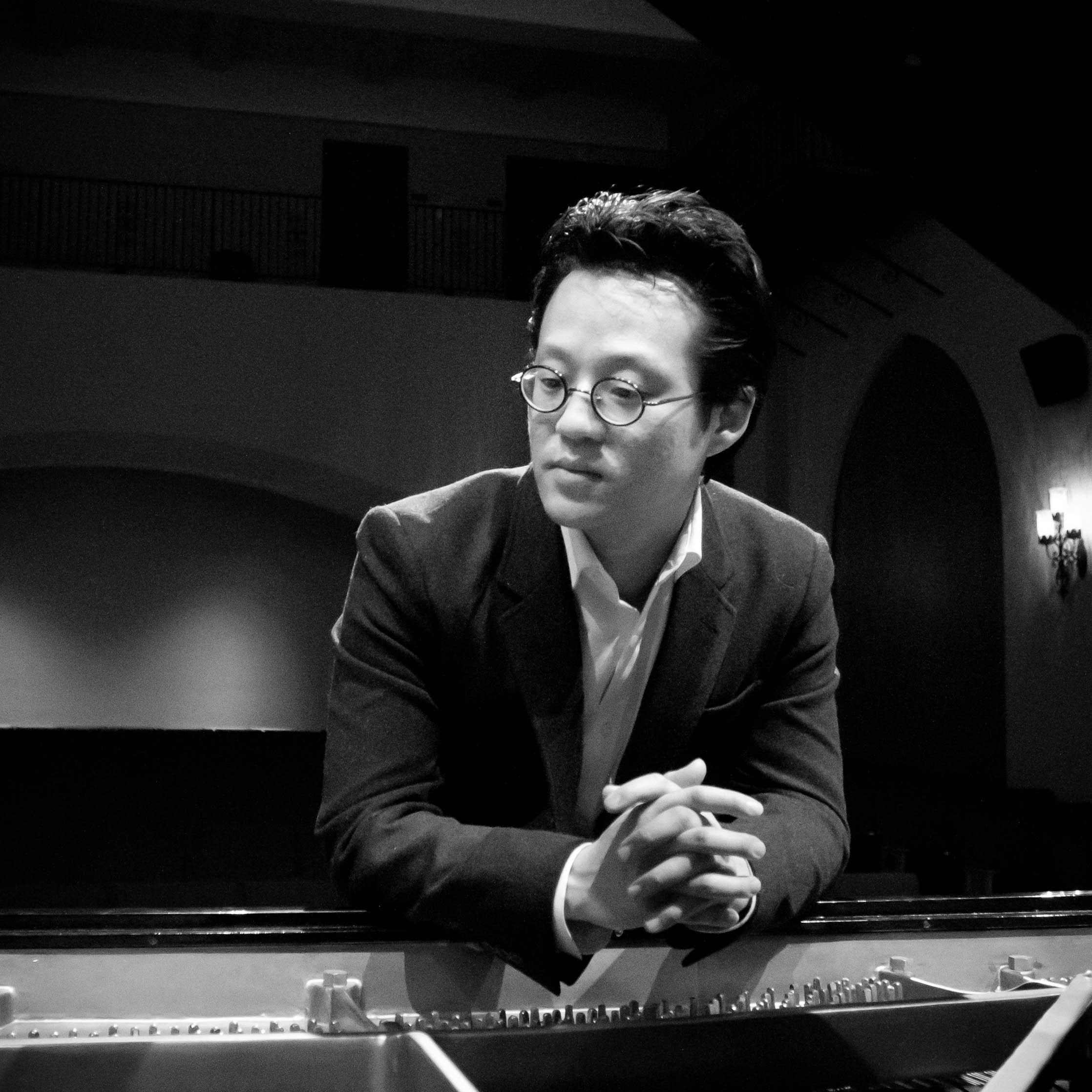Pianist Sang Woo Kang, Chair of the Music Department and Associate Professor of Piano at Providence College, was invited by Hunter College to perform a recital last February (preceded by a master class), but the powers that be had the good sense to postpone it to October due to a blizzard. Having just heard Dr. Kang’s recital, this reviewer can safely say it would have been a shame to limit the audience to one or two intrepid Arctic explorers; in fact, one wished for a still larger audience than there was this month. As hard as such postponements can be, Dr. Kang was razor-sharp in his performances.
On the program were two highly rigorous works of the twentieth-century repertoire, John Corigliano’s Etude Fantasy (1976) and the same composer’s Beethoven-inspired Fantasia on an Ostinato (1985). The latter, commissioned by the Van Cliburn International Piano Competition, opened the program. As Mr. Corigliano notes at his website, “I decided that I could investigate the performers’ imagination and musicality … And so I constructed the beginning and end of Fantasia on an Ostinato precisely– the work was a giant arch built upon these foundations– but I made the large central section a series of interlocking repeated patterns: the performer decided the number and, to a certain extent, the character of these repetitions. In other words, the shape was his/hers to build. Interestingly, the duration of this piece varied from 7 minutes to over 20 in the Cliburn performances!”
This reviewer apologizes for not timing Dr. Kang’s version, but it is a good sign that all mindfulness of time was lost in his atmospheric, poetic rendition. Musical material from the second movement of Beethoven’s Seventh Symphony was heard from a twentieth-century viewpoint that was haunting, almost post-apocalyptic in feeling. Dr. Kang made sensitive choices in repetition and dynamics in the middle section to maximize this quality.
The choice of Mozart’s Sonata in C Major, K. 330 to follow was a dramatic and effective one – transitioning from later classical material in a modern, somewhat minimalist, vein to an earlier classicism in which Mozart’s clarity and symmetry stood out in bright contrast. Despite this contrast, Dr. Kang’s Mozart projected an almost Beethovenian style at crucial junctures (surely part of the intended point), and all was more robust in tone than what I normally hear. While I’m not a fan of the porcelain doll delicacy one sometimes hears in Mozart keyboard works, moments were a bit too muscular even for my taste, but there was never any question of Dr. Kang’s pianistic abilities. He has recorded Mozart recently for Naxos, for those wishing to sample his interpretations.
Corigliano’s Etude Fantasy -really five etudes rolled into one- followed. Five sections are devoted respectively to Left Hand, Legato, Fifths to Thirds, Ornaments, and Melody – and they all present formidable challenges. Dr. Kang made child’s play of them, even the first, which exploited his sledgehammer-strong left-hand technique. As a strong admirer of Corigliano, I’ve been very familiar with these works, but I must say, they still need to be performed more, and Dr. Kang has just the kind of strong pianism and keen analytical abilities to do it. He was fearless and solid in his approach. As director of the Piano Institute and Seminar at the Atlantic Music Festival at Colby College, a series focused on the promotion and performance of new music, he has made a substantial commitment in this area, so thanks to him there will be some very fortunate composers out there.
I was puzzled by a few interpretive decisions, including the opting for such a full sound at the close of the Etude No. 3 contrary to markings, but, then again, good contrast was established for the successive movement, entitled Ornaments. The entire work was performed from memory, a challenge in and of itself (in contrast with the Fantasia). Clearly, aside from what seemed a minor omission in the fifth movement, Dr. Kang has absorbed and internalized these complex works in meaningful ways. One wished there had been some chance to hear more of his thoughts on the works, as there were no program notes (or even dates of works on the program), but his comments were cursory. I would love to have heard, for example, any thoughts behind this interesting programming itself.
What I appreciated about the program itself was that, with two substantial Corigliano works opening each half, the standard repertoire that followed felt utterly transformed by what preceded. The lacerating dissonance of Corigliano’s Etude Fantasy lent an even more consoling quality than usual to what followed, Chopin’s D-flat Nocturne, Op. 27, No. 2. The effect was deeply stirring. The playing of Chopin itself was not to me as persuasive as Dr. Kang’s Corigliano, as momentum sometimes supplanted the dreaming quality, leaving some ornaments sounding slightly regimented and the tone less than transcendent, but the overall feeling was there. Chopin’s Polonaise-Fantaisie in A-flat major, Op. 61 concluded the program with sweep.

